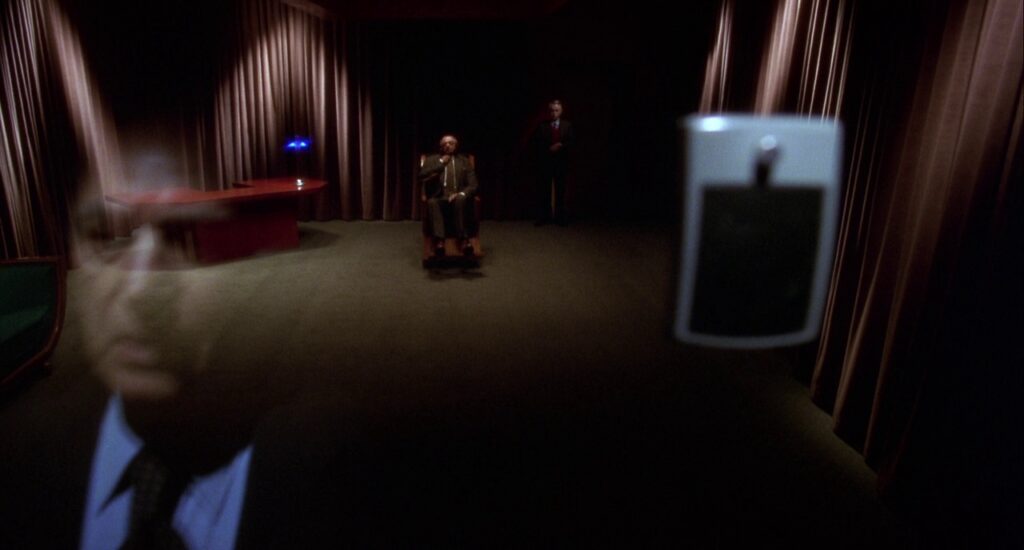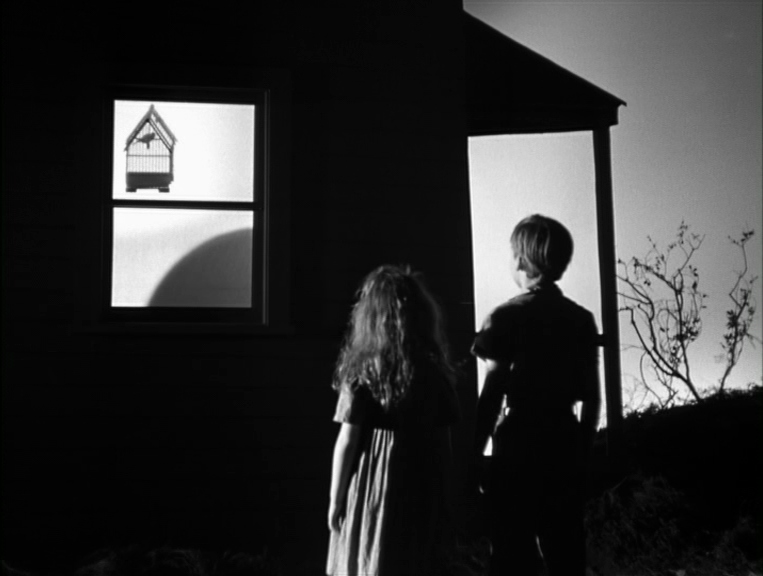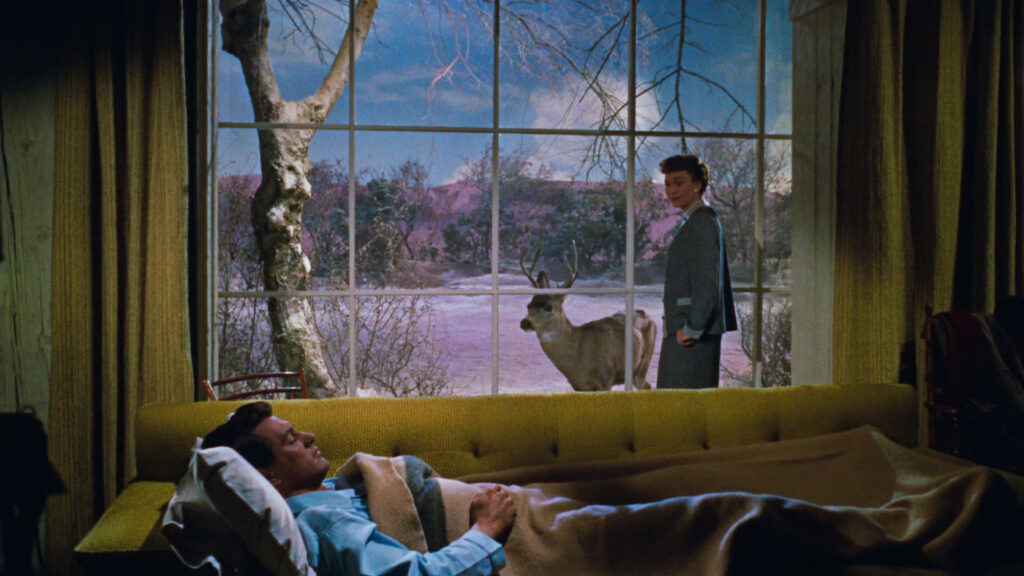David Lynch, the enigmatic and visionary filmmaker, has captured audiences with his unique storytelling and stylistic choices throughout his illustrious career. One recurring element that prominently stands out in his work is the use of the color red. From the eerie red curtains in Twin Peaks to the vibrant red lipstick in Mulholland Drive, Lynch employs the color red as a powerful symbol with deeper meanings. In this article, we will explore the symbolic significance of the color red in Lynch’s films, uncovering its role in evoking emotions, representing duality, and illuminating hidden truths.
One of the most immediate associations with the color red is its connection to intense emotions. In Lynch’s films, red often appears during highly charged moments, acting as a metaphorical representation of intense desire, passion, anger, and even violence. The boldness and strength of the color amplify the emotional impact of a particular scene, causing viewers to feel a heightened sense of arousal and tension.
For instance, in Lynch’s highly acclaimed film Wild at Heart, the constant presence of red serves to intensify the passionate love affair between Sailor and Lula. The bold red dresses, red cars, and even red lighting create an atmosphere of desire and danger. Similarly, in Blue Velvet, the striking red lipstick worn by the mysterious femme fatale, played by Isabella Rossellini, signifies both danger and desire.

Duality and Transgression
The color red in Lynch’s films often carries a sense of duality, representing both good and evil, innocence and corruption. This contrasting nature suggests that humans possess an inherent complexity where darkness resides alongside light. Through the use of red, Lynch blurs the boundaries between these opposing forces, challenging the audience’s perceptions of morality.
In Mulholland Drive, the color red plays a crucial role in showcasing the dualistic nature of characters and their actions. The famous Club Silencio scene encompasses a red stage curtain, highlighting the illusory nature of reality. As the curtain opens, the audience is forced to confront the unsettling duality of existence—a world that is simultaneously beautiful and tragic.
Revelation of Hidden Truths
Lynch often employs the color red within dream and hallucination sequences, hinting at the revelation of hidden truths and the crossing between different realms of consciousness. Red signifies a rupture in the fabric of reality, inviting viewers to question what is real and what lies beyond the surface.In Twin Peaks, the iconic red curtains in the Red Room become a visual representation of a liminal space, a portal into the subconscious. The striking redness guides the characters, including Agent Cooper, towards a deeper understanding of the mysteries surrounding the town. The color red acts as a metaphorical key, unlocking doorways to hidden realms and exposing profound truths.
Ideas are so beautiful and they’re so abstract. And they do exist someplace. I don’t know if there’s a name for it. And I think they exist, like fish. And I believe that if you sit quietly, like you’re fishing, you will catch ideas. The real, you know, beautiful big ones swim kinda deep down there so you have to be very quiet and, you know, wait for them to come along. If you catch an idea, you know, any idea, it wasn’t there and then it’s there! It might just be a small fragment of, like I say, a feature film or a song or a lyric or whatever, but you gotta write that idea down right away. And as you’re writing, sometimes it’s amazing how much comes out, you know, from that one flash. So, you get an idea and it is like a seed. And in your mind the idea is seen and felt and it explodes like it’s got electricity and light connected to it. And it has all the images and the feeling. And it’s like in an instant you know the idea, in an instant.
David Lynch
Suggestive of Danger and Instability
Beyond its emotional and psychological implications, the color red in Lynch’s films often serves to foreshadow danger and instability. In moments of unease and suspense, the appearance of red subtly warns the audience of impending turmoil or ominous revelations.

In Lost Highway, the recurrent presence of a red hallway denotes the protagonist’s descent into madness and paranoia. The use of red in key moments amplifies the sense of foreboding and unease, imprinting a lingering feeling of danger on the viewer’s psyche.
Conclusion
David Lynch’s deliberate use of the color red in his films goes beyond mere aesthetics. Through its symbolic implications, red serves as a powerful tool for evoking emotions, representing duality, illuminating hidden truths, and heightening tension. Lynch’s mastery lies not only in his ability to create visually stunning scenes but also in his capacity to effectively communicate complex themes and emotions through the clever use of color symbolism.The color red in Lynch’s films acts as a visceral trigger, engaging viewers on a subconscious level and inviting them to delve into the depths of human experience. By carefully analyzing the presence of red within his cinematography, viewers can uncover a deeper understanding of Lynch’s unique artistic vision and the profound messages encoded within his narratives.




